Is It Really a Training Problem, or Is Your Horse in Pain?
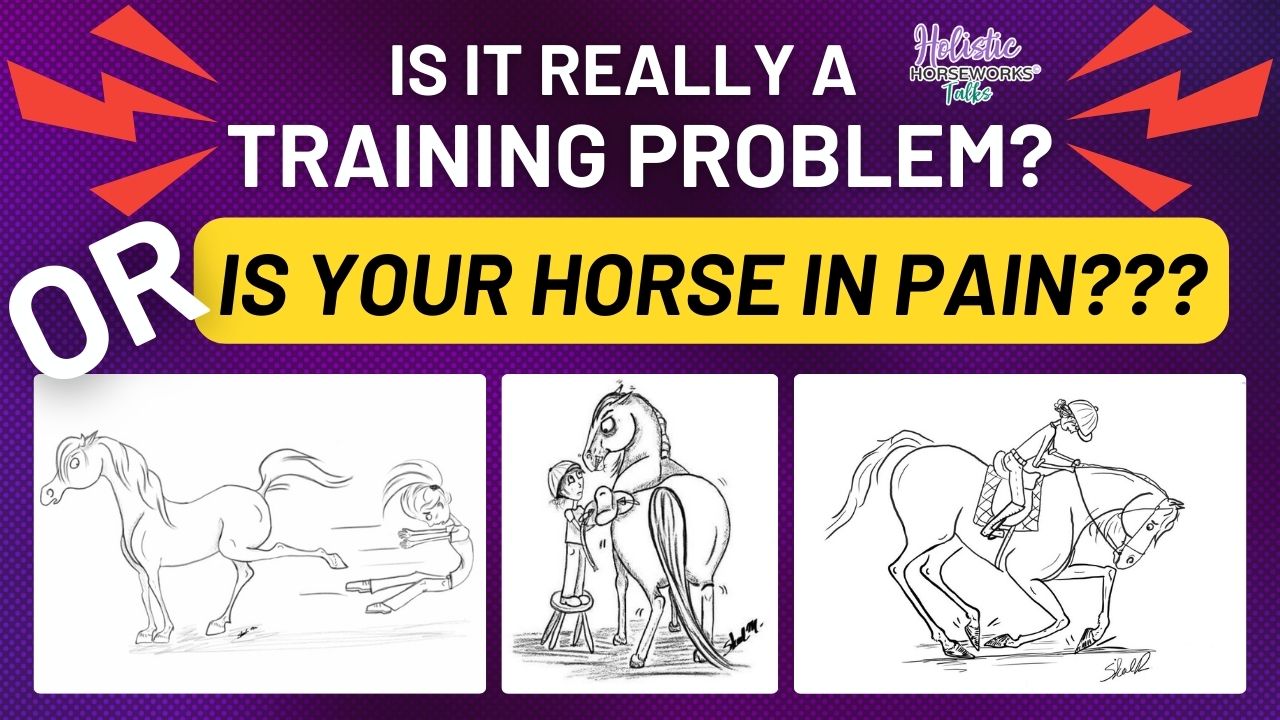
Share This Post:
If your horse bucks, resists the canter, or just feels off under saddle, the first thing many people assume is that it’s a training issue. Maybe the horse is being stubborn, or maybe it just needs more groundwork. But I want to let you in on something I’ve seen over and over again—those “training problems” are almost always your horse trying to say, “Ouch, that hurts!”
When Behavior is Really Body Pain
Back when I was training horses, I was told that if a horse didn’t want to canter to the right, it was just weak on that side—and to make them do more circles that way to build it up. But what I learned through hands-on work is that it usually wasn’t about strength at all. That shoulder couldn’t move properly. And making a horse work through pain only causes them to compensate in other areas, leading to bigger problems.
Think about being asked to paint a ceiling every day when your neck and shoulder are already hurting. That’s what it’s like for your horse.
Your Horse is talking, But Are You Listening?
Horses speak with their bodies. If they pin their ears when you brush a certain spot or flinch when the saddle pad touches down, that’s not attitude—it’s communication. Those reactions are often signs that the spine, ribs, or muscles underneath are out of balance.
Muscle spasms cause the body to tighten, bones get pulled too close together, and things like kissing spine can develop. The earlier you notice these signs, the easier it is to help your horse before it becomes a chronic issue.
One of the first things I tell people to check is their horse’s hooves—but not just from the front. Stand about 10 feet behind your horse on a flat surface and take a look. You might see:
- Crushed heels and flares in the front feet
- No inside heel and flare in the hind feet
These clues tell me that deeper postural issues are happening. Tight muscles in the pectorals, hocks, or psoas can pull the whole body out of balance. You can literally see the compensation in how the feet grow and land.
Common “Training” or “Behavior” Problems That Might Actually be Pain Symptoms
Here are some signs people often blame on bad behavior—but that usually point to pain or restriction in the body:
- Won’t pick up a lead canter → Could be a first rib misalignment, knee or fetlock pain, or bruising in the sole
- Resistant to the bit / heavy on one side → Check the TMJ, atlas, and axis vertebrae
- Pins ears when saddling or grooming → Possible misalignment in ribs, withers, or spasmed muscles
- Bucks at the canter or under saddle → Crooked pelvis, kissing spine, roach back, or saddle pressure on an uneven back
- “Lazy” or unwilling to move forward → Hoof landing imbalance, tight psoas, or pain in the hips
- Head tossing / jaw clenching → TMJ or poll restrictions, stuck atlas and axis vertebrae, or uncomfortable dental wear
- High/low front hooves or shoulder size difference → Structural misalignment from a young age (often stemming from the first rib)
- Hard to shoe / won’t stand still → Pain in the hocks, stifles, or lower back
What You Can Do to Help Your Horse
You don’t need to be a professional trainer or bodyworker to start helping your horse feel better—you just need the right tools and guidance. That’s exactly why I offer two foundational resources: the Equine Musculoskeletal Unwinding online course and personalized Equine Distance Readings.
The Equine Musculoskeletal Unwinding online course is designed to be simple, empowering, and effective. No confusing anatomy terms—just straightforward instructions like, “If your horse reacts here, here’s how to fix it.”
You’ll learn how to bring your horse back into alignment from nose to tail and hoof up—so they can feel good, move freely, and actually enjoy being with you. These techniques are gentle, easy to learn, and totally safe to do at home.
An Equine Distance Reading is like an intuitive blueprint of your horse’s current physical condition. You’ll receive a 10–15 page PDF report detailing what’s really going on with your horse, including:
- Joint misalignments and muscle spasms
- Pain points from old injuries or misused movement patterns
- Bacterial, viral, or emotional imbalances
- Cranial sacral restrictions that affect behavior and rein contact
- Environmental stressors and chemical toxicity that could be impacting health
It’s like a medical intuitive scan—asking the body what it needs to release pain and move better. This report helps you get clarity on the root issues so you can take informed action. When you enroll in the Equine Musculoskeletal Unwinding online course, your first Equine Distance Reading is included for free.
🍎 Ready to Start Helping Your Horse?
Start with April’s foundational training, Equine Musculoskeletal Unwinding, available to learn online with live 1:1 support. This step-by-step course teaches you how to release deep patterns of imbalance and pain—so your horse can move, feel, and live better.
Whether your horse is showing signs of discomfort or you simply want to deepen your connection and care, this program puts powerful tools in your hands.
Includes video lessons, downloadable workbooks, and a personalized distance reading from April herself.
Rather learn in-person?
Check out our hands-on equine remedial therapy clinics, available all over the globe →
More Holistic Horse Care Education
6 Must-Know Hore Care Tips for Winter
In this comprehensive guide, we'll share five essential cold weather horse care tips straight from the experts at Holistic Horseworks.Whether you're dealing with freezing
Equine Vaccines: What’s In Them and How to Help Your Horse Naturally
Vaccines are often considered a cornerstone of equine health, but have you ever wondered exactly what’s in them, or how they might be affecting
Barn Life Tips for a Bug Free Summer
Every season, I hear from folks battling mosquitoes, flies, and ticks in the barn, garden, and pasture. Over the years, I’ve found a few
Horses Are Talking, Are You Listening?
Holistic equine expert April Love wants you to know: your horse is speaking. And once you learn how to listen, everything changes. In her
How a Distance Reading CHANGED Kimberly and Her Horse
In this interview, holistic healing expert April Love uncovers the deep, often invisible threads connecting horse and human wellness. Join Kimberly, host of The
Summer Travel Tips for Your Horse: Keep Them Happy, Healthy, & Hydrated
Traveling to summer shows and events can be exciting, but for our horses, it often comes with a heavy load of emotional and physical
Mud Fever Prevention and Remedies
Mud fever, also known as pastern dermatitis, scratches, grease heel, etc., is a common skin condition in horses caused by a combination of wet
Is It Really a Training Problem, or Is Your Horse in Pain?
If your horse bucks, resists the canter, or just feels off under saddle, the first thing many people assume is that it’s a training
Did You Know That Saddle Fit Issues Are Really Horse Body Issues?
Saddle fit isn’t just about the saddle — it’s about the ever-changing body of the horse beneath it. While it’s tempting to invest in
Useful, Helpful Tips and Tricks for Horse Care | April Love’s Interview on The Backyard Horse Enthusiast
What would you do if your horse was limping, colicking, or spooking—and no one could tell you why? That question lit a fire in
Sign Up for Our Newsletter


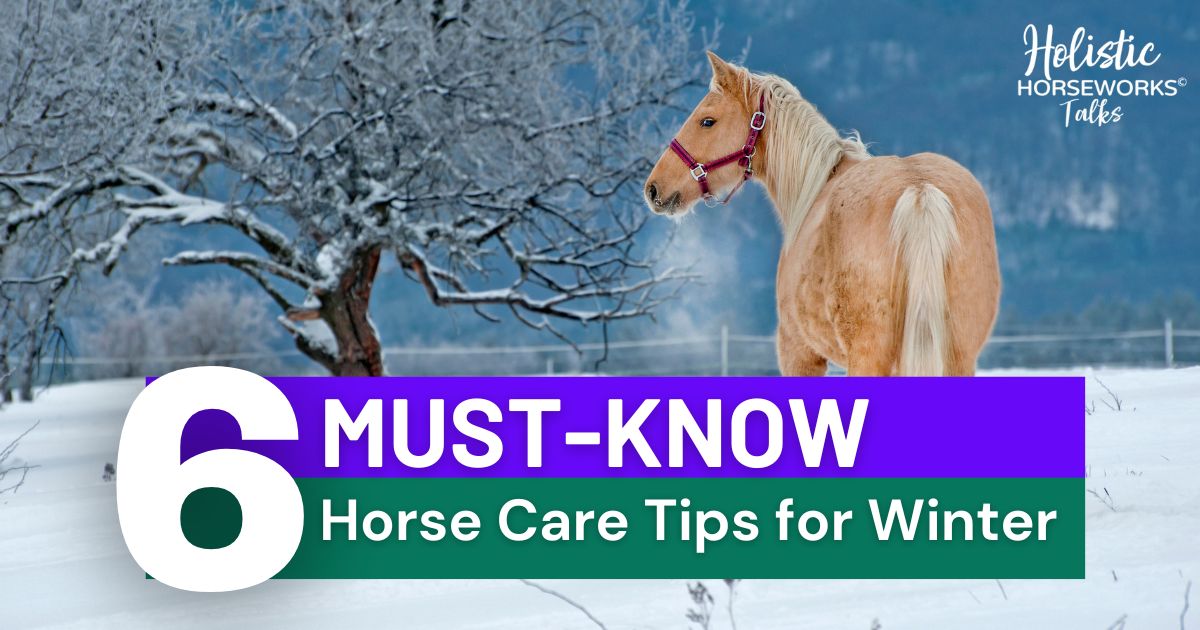
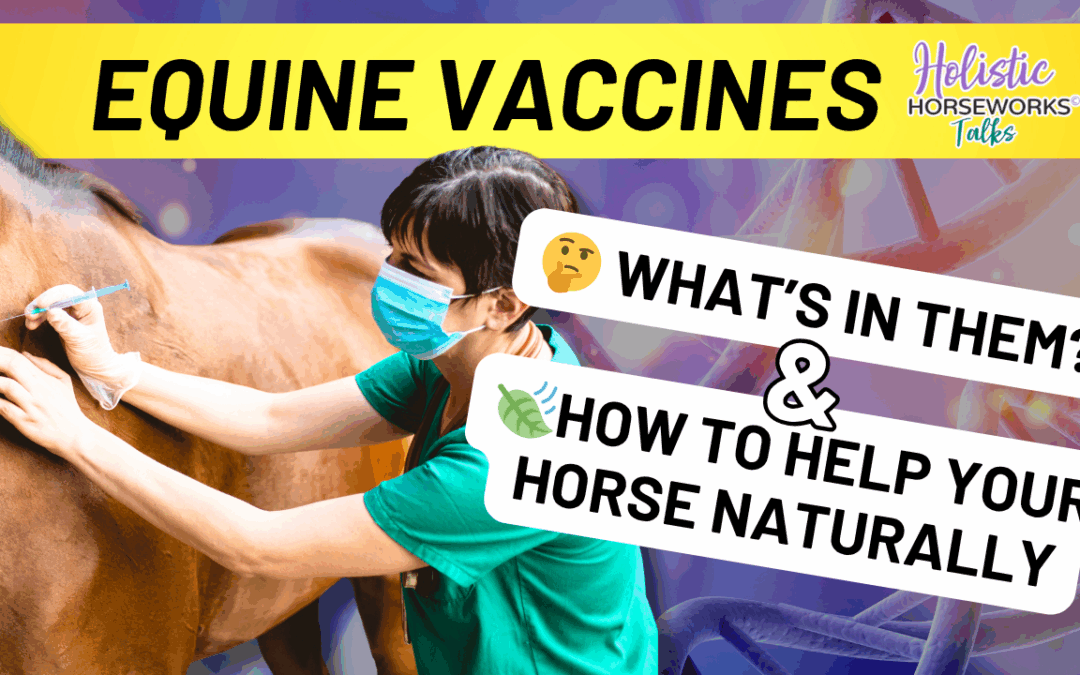
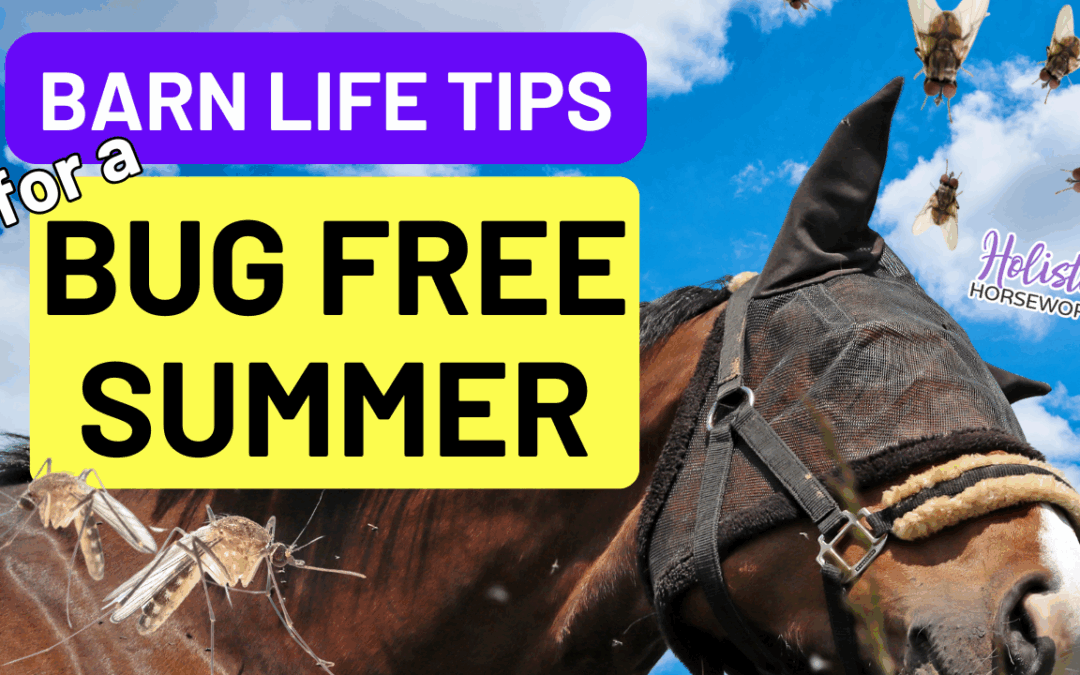
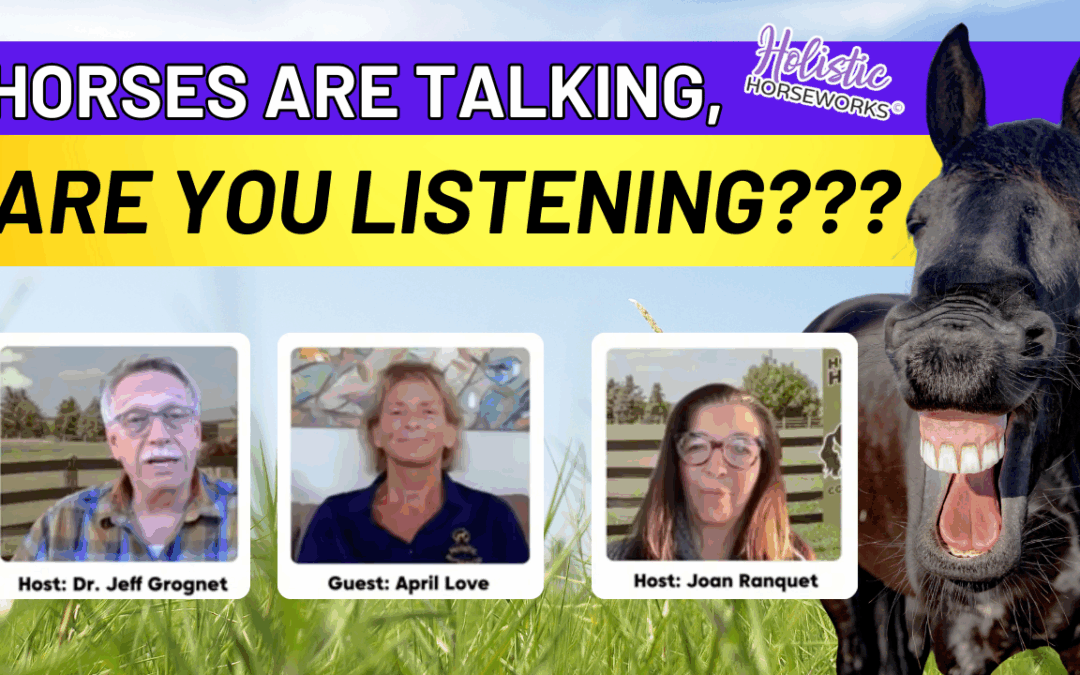
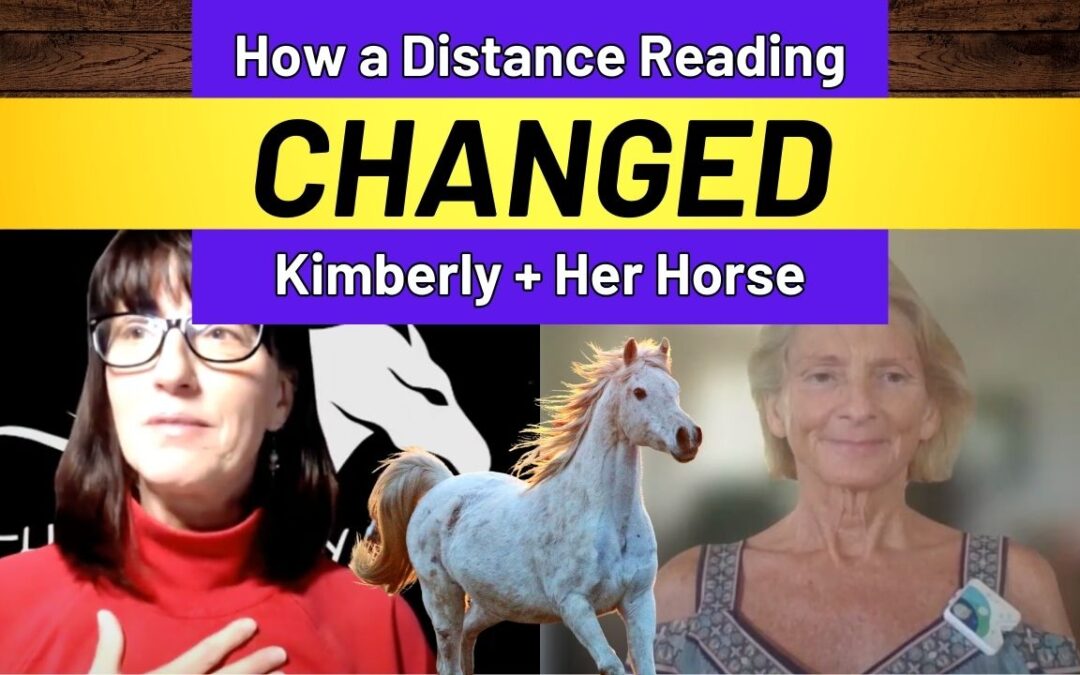
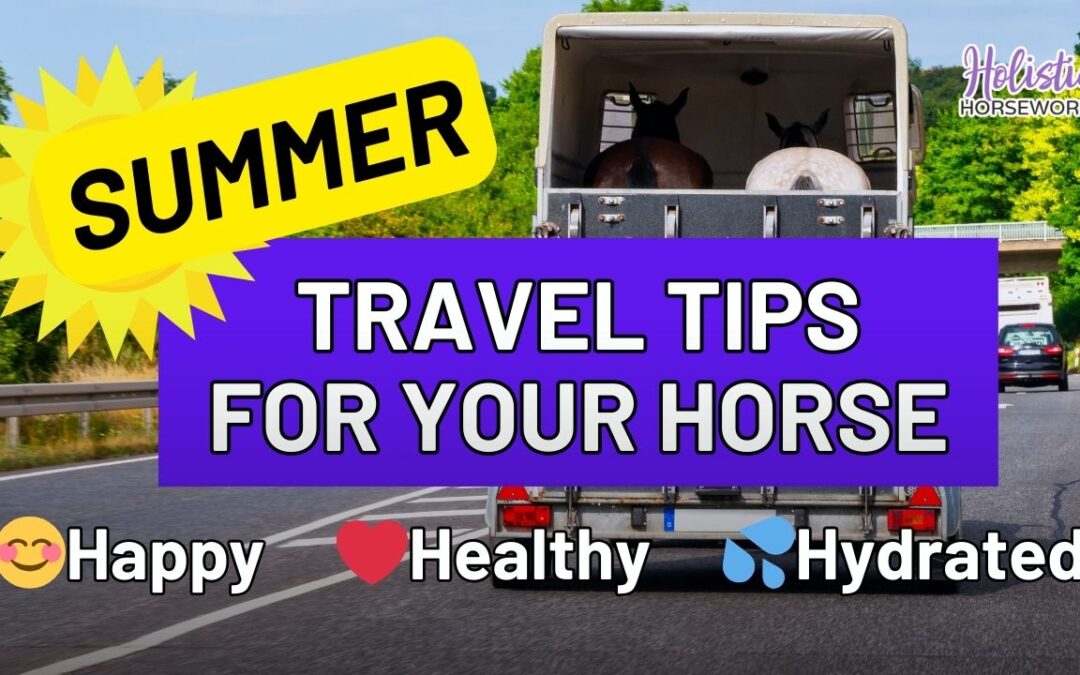
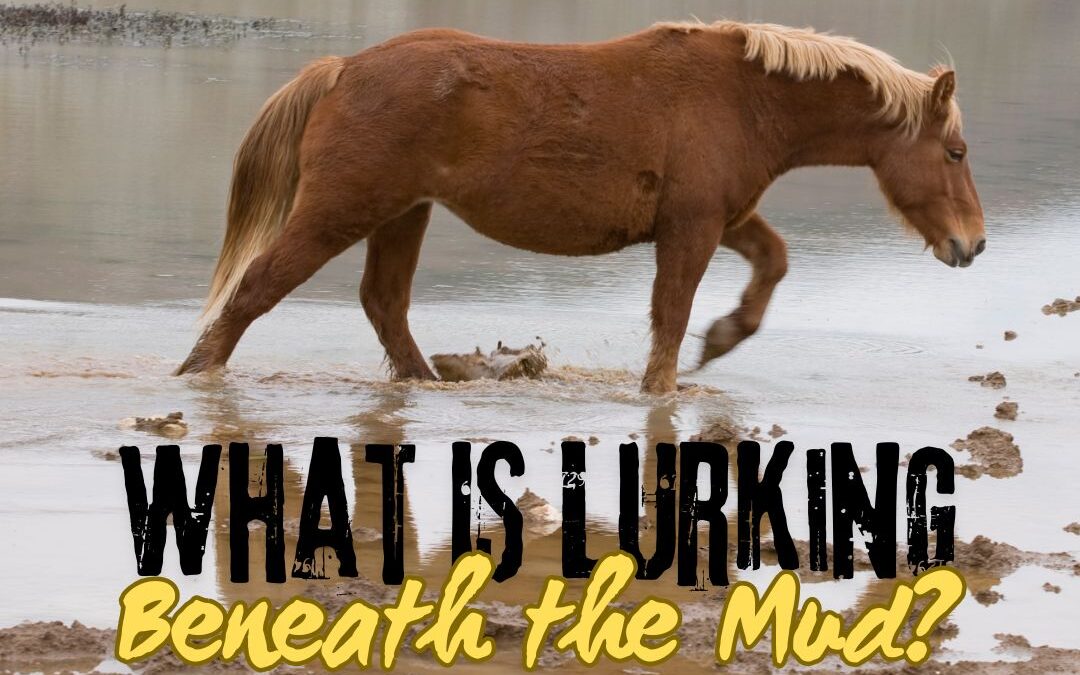
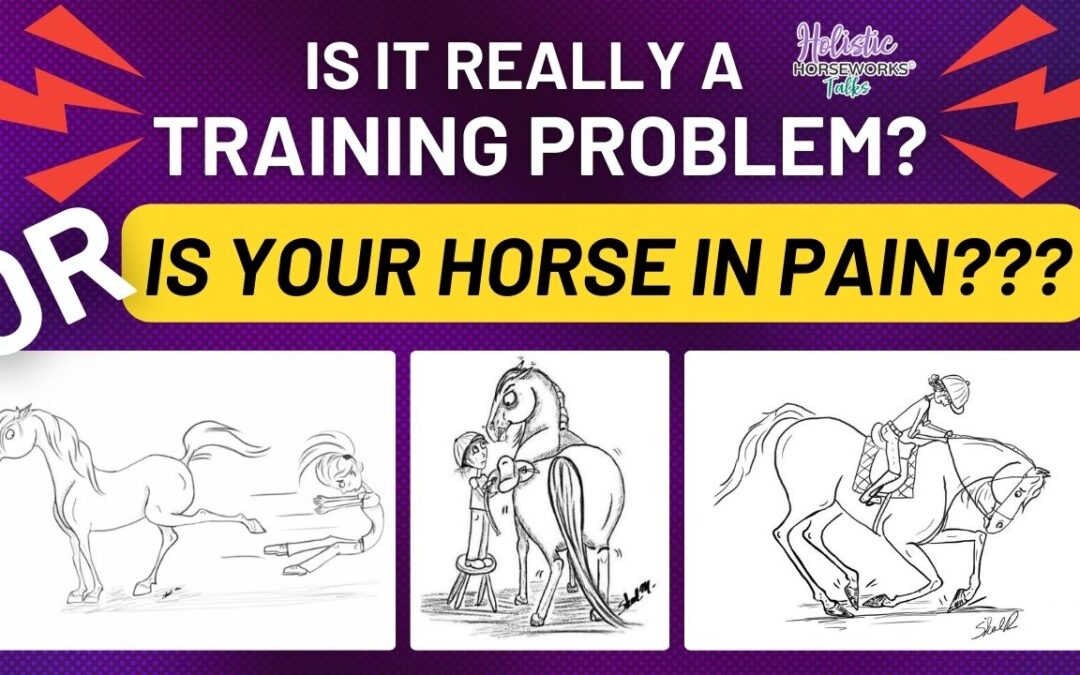

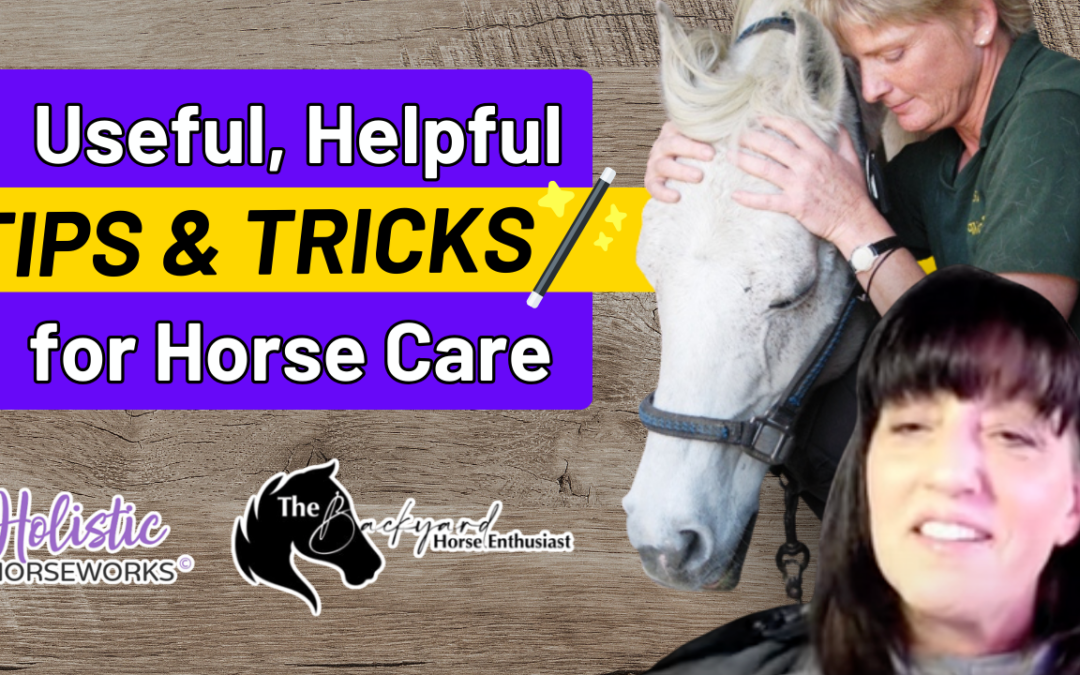
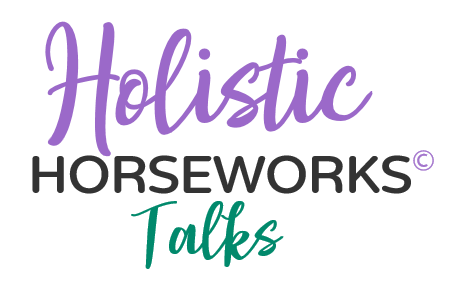

![Complete Level 1 & Level 2 Home Study + Private Training Package [NO DVD]](https://holistichorseworks.com/wp-content/uploads/2022/08/Level-1-and-Level-2-complete-home-study-and-training-package-400x400.jpg)
![Level 1 "Equine Musculoskeletal Unwinding" Home Study -Watch Instantly [NO DVD]](https://holistichorseworks.com/wp-content/uploads/2022/08/Level-1-Home-Study-400x400.jpg)
![Level 2 “CranioSacral Unwinding & Advanced Applied Kinesiology” Home Study - Watch Instantly [NO DVD]](https://holistichorseworks.com/wp-content/uploads/2022/08/Level-2-Home-Study-400x400.jpg)
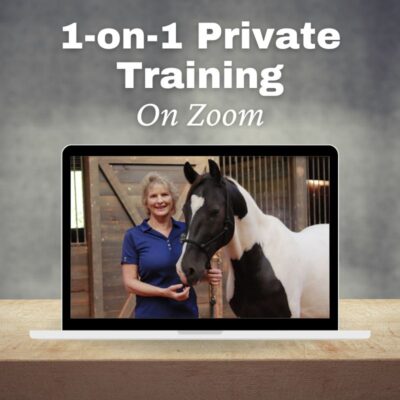
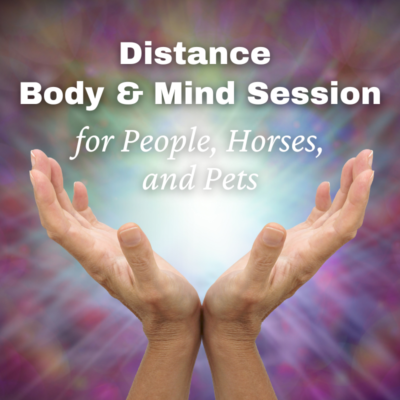

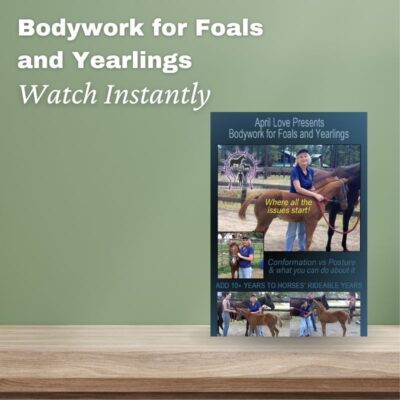
![Equine CranioSacral Energy Work -Watch Instantly [English and French]](https://holistichorseworks.com/wp-content/uploads/2022/09/equine-cranial-sacral-energy-work-watch-instantly-400x400.jpg)
